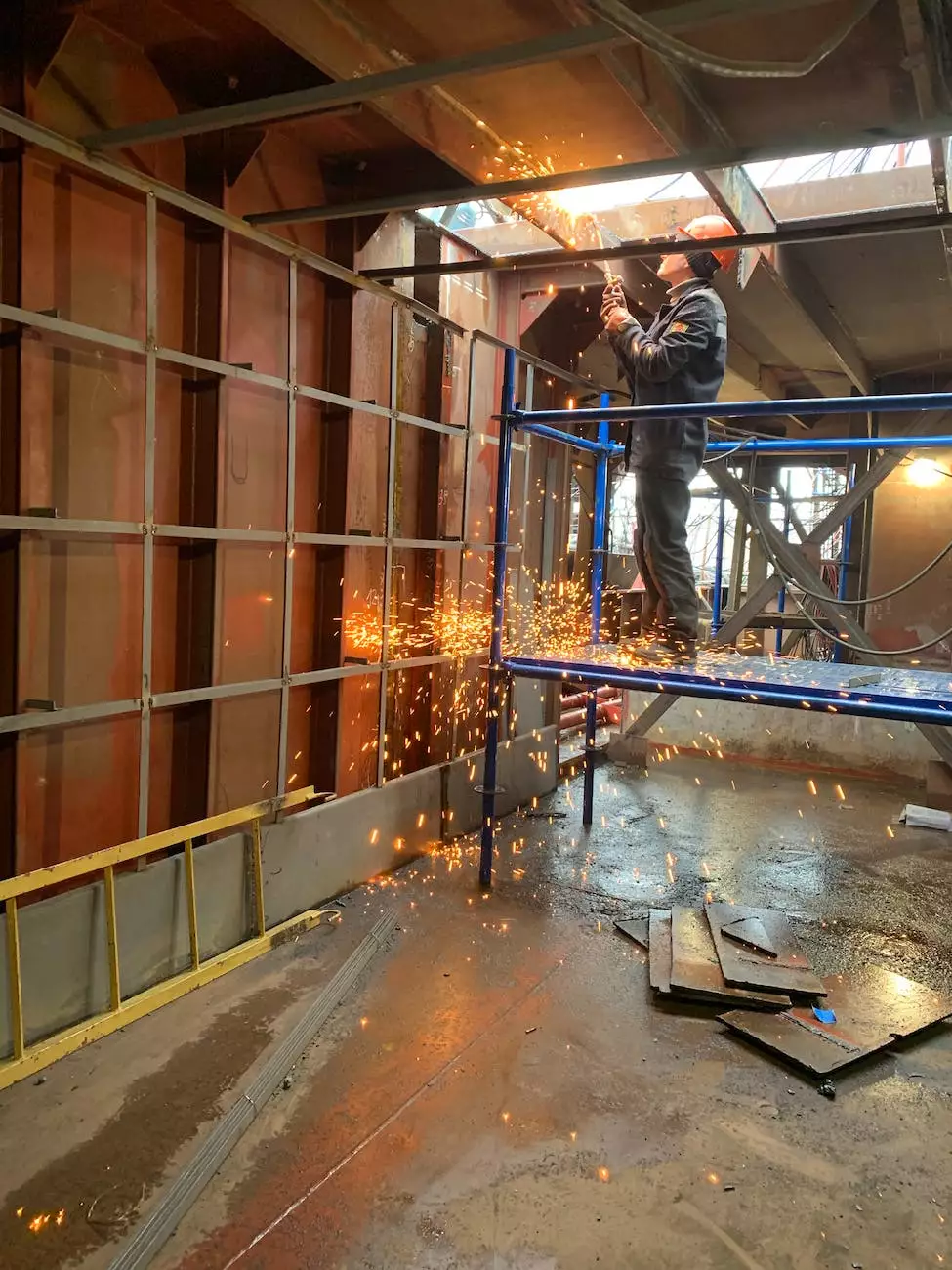Asphalt: When to Repair and When to Replace
Paving Contractors
Introduction
Welcome to the informative page on "Asphalt: When to Repair and When to Replace" brought to you by Stamped Concrete Miami Beach. As a trusted name in the Home Improvement and Maintenance category, we understand the importance of maintaining the longevity and aesthetics of your asphalt pavement. In this comprehensive guide, we will provide you with valuable insights to help you make informed decisions regarding the repair and replacement of your asphalt surfaces.
Understanding Asphalt
Asphalt, also known as blacktop, is a durable and cost-effective material commonly used for driveways, walkways, and roads. It provides a smooth and sturdy surface, ensuring safe and comfortable access to your property. However, like any other material, asphalt requires periodic maintenance and occasional repairs to sustain its functionality and appearance.
Signs that Indicate the Need for Repair
Regular inspection of your asphalt pavement is crucial to identify signs of wear and tear. Here are some common indicators that suggest the need for repair:
1. Cracks
Cracks are one of the most noticeable signs of asphalt deterioration. These can appear in various forms, such as alligator cracks, linear cracks, or potholes. Small cracks can often be repaired through a process called crack sealing, which prevents further expansion. However, larger cracks may require professional attention.
2. Fading and Discoloration
Over time, exposure to sunlight, heavy traffic, and environmental factors can cause asphalt to fade and lose its original color. Discoloration not only affects the visual appeal of your pavement but can also weaken the material, making it more susceptible to damage. In such cases, it may be necessary to consider resurfacing or overlaying the existing asphalt.
3. Potholes
Potholes are depressions or craters that form on the surface of your asphalt pavement. They are usually caused by water seepage, freeze-thaw cycles, or heavy traffic. Potholes not only pose a safety hazard but can also lead to further damage if left untreated. Prompt repair is essential to prevent these defects from expanding and compromising the structural integrity of your pavement.
4. Drainage Issues
Poor drainage can significantly impact the lifespan of your asphalt. If you notice stagnant water accumulating on your pavement or experiencing drainage problems after rainfall, it could indicate an underlying issue. Proper evaluation and repair of drainage systems are crucial to prevent water-related damage, including cracks and deterioration.
When to Consider Replacement
While repairs can address various asphalt issues, there are instances where replacement becomes the more viable option. Here are some factors to consider when deciding whether to replace your asphalt:
1. Extensive Damage
If your asphalt pavement has extensive damage, such as deep cracks, severe potholes, or widespread deterioration, repairing individual sections may not suffice. It may be more cost-effective, in the long run, to replace the entire surface, ensuring a fresh and durable foundation. Consult with a professional paving contractor to assess the extent of the damage and provide suitable recommendations.
2. Age of the Asphalt
The age of your asphalt plays a significant role in determining whether repair or replacement is necessary. Most asphalt surfaces have a lifespan of 15 to 20 years, depending on factors such as climate and maintenance. If your pavement is nearing the end of its lifespan, replacement might be a more prudent investment to avoid recurrent repairs and potential hazards.
3. Structural Integrity
If your asphalt pavement exhibits significant structural issues like base failure or subgrade instability, repairs may not yield long-lasting results. These underlying problems can compromise the stability and functionality of your pavement, requiring comprehensive replacement to ensure a stable and durable surface.
Maintenance Tips to Prolong Asphalt Life
Proper maintenance can greatly extend the lifespan of your asphalt pavement. Here are some essential tips to help you preserve its condition:
- Regular Cleaning: Remove debris, leaves, and dirt from your asphalt surface to prevent moisture retention and potential damage.
- Sealcoating: Apply a high-quality sealcoat every 2-3 years to protect against the harmful effects of UV rays, water penetration, and oxidation.
- Crack Sealing: Promptly repair cracks and small fissures to prevent further spreading and water intrusion.
- Proper Drainage: Ensure your pavement has adequate drainage systems to minimize water-related issues.
- Regular Inspection: Periodically assess your asphalt surface for any signs of damage, and address issues promptly.
Conclusion
Maintaining the quality and condition of your asphalt pavement is essential for both functionality and aesthetics. By understanding the signs that indicate the need for repair and knowing when to opt for replacement, you can make informed decisions to ensure the longevity and safety of your asphalt surfaces. With the expert guidance provided by Stamped Concrete Miami Beach, you can trust that your home's pavements will receive exceptional care and attention. For more information and professional assistance, contact us today!










